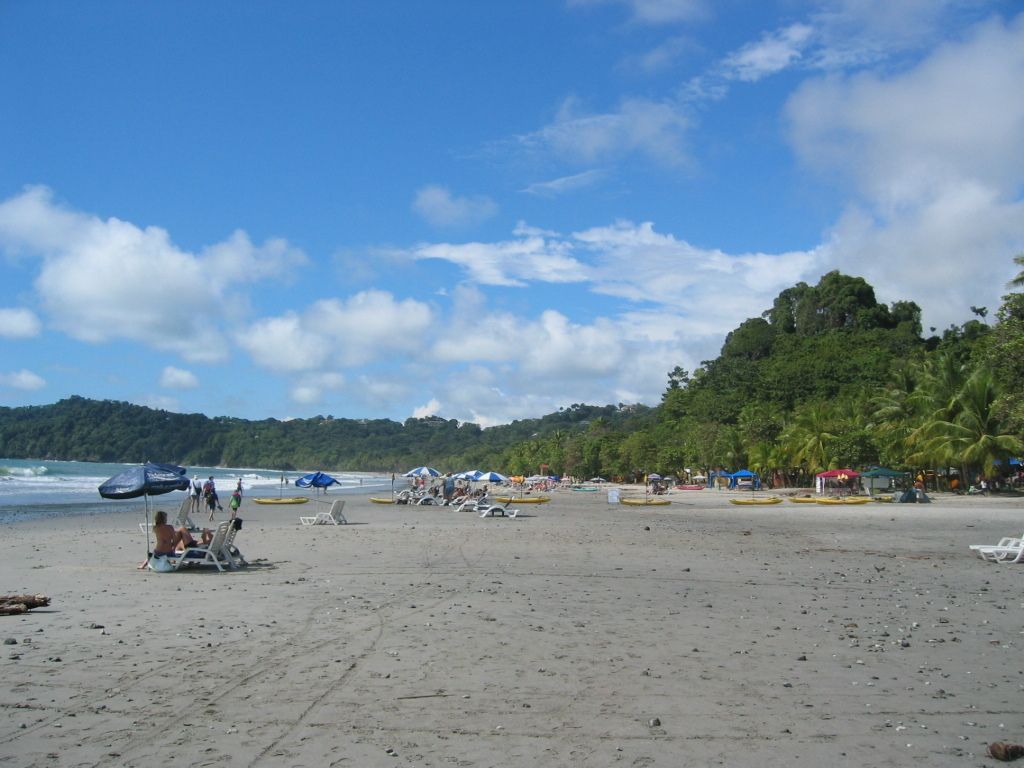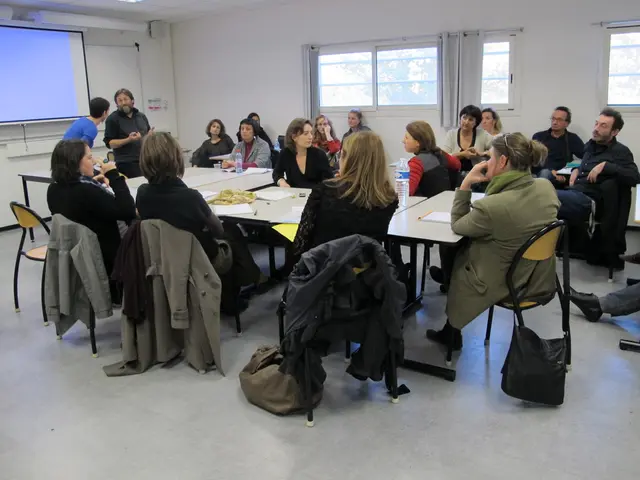Mythological Journey: Yggdrasil to the Fateful End – Ragnarok
Unleash yourself into the captivating universe of Norse mythology, birthed by the ancient Norsemen who roamed across the cold, dark lands we now call Scandinavia. This intricate, mystical tapestry is adorned with gods, giants, and supernatural beings, weaving some of the most enthralling stories that have shaped the folklore of Nordic cultures. From the colossal Yggdrasil, the cosmic tree, to the apocalyptic end known as Ragnarok, Norse tales brim with a radiant array of mythical elements, from heroism and adventure to treachery and cosmic devastation.
The mythology served more than just religious beliefs; it was a compass for the Norse, guiding them in understanding the cosmos, their morals, and their societal structures. From the hushed whispers told by Viking men huddled around a fireside hearth to the meticulous sagas etched upon ancient runestones, each yarn forges a connection to the worldview of those ancient seafarers.
The World Tree – Yggdrasil
Central to Norse cosmology lies Yggdrasil, the immense ash tree connecting all nine realms of Norse mystery. This towering behemoth stands at the heart of the universe, its boughs and roots spanning various dimensions, including Asgard (the dwelling of the gods), Midgard (the realm of men), and Hel (the underworld).
Yggdrasil transcends its cosmological significance; it serves as a potent symbol of interconnectivity and balance in the Norse faith. Each of its three roots lies in a distinct realm: Asgard, Jotunheim (the land of giants), and Niflheim. Tales tell of the dragon Nidhogg devouring its roots, and an eagle perched at its summit, embodying the eternal cosmic conflict between contrary forces.
Yggdrasil also plays a crucial part in many mythological events and prophecies. Odin, craving wisdom, hung himself from Yggdrasil for nine nights, uncovering the runes and gaining divine knowledge in the process. Moreover, the tree is not merely a passive symbol but an active participant in the unfolding tales of Norse mythology.
The Pantheon – Gods among mortals
The Norse gods, the Aesir and Vanir, stand at the center of Norse mythology. From the fearsome Odin to the thunderous Thor, these gods embody diverse forces of nature, human facets, and cosmic principles.
Odin, often hailed as the All-Father, is the chief of the Aesir. He is a multifaceted deity, associated with war, wisdom, poetry, and death. His relentless pursuit of wisdom led him to sacrifice one of his eyes to drink from Mimir's well.
Thor, the god of thunder, is perhaps the most adored among the Norse pantheon. Wielding the mighty hammer Mjolnir, Thor protects humanity and the gods alike. His tales of battles against giants underscore the god's symbolism of strength and bravery.
Loki, the trickster god, adds a layer of intrigue to Norse mythology with his deceitful and cunning nature. Often at odds with other gods, Loki's chaotic actions sow the seeds for many mythological narratives, including those leading up to Ragnarok.
Legends – Heroes on a grand stage
Norse mythology also teems with legendary heroes, embodying the ideals of valor, honor, and resilience. These men, though mortal, are touched by the divine, undertaking monumental quests that etch their names into the annals of myth. Among these legendary figures, the sagas of Sigurd and Beowulf stand out prominently.
Sigurd, the dragon-slayer, is a paradigm of heroism, his adventures filled with romance, tragedy, and tests of fate. Claiming the cursed treasure of Fafnir using the magical sword Gram, Sigurd's story illustrates the complex dance of destiny and personal agency.
Beowulf, though rooted in a blend of historical and mythological elements, makes a significant mark. His battles against the monstrous Grendel, Grendel's mother, and the dragon characterize the hero's journey archetype, embodying the desire to protect his people at any cost.
The sagas serve not just as tales of individual heroism but as chronicles of the Norse people's shared values and experiences. Each tale, with its intricate weave of supernatural elements and human emotions, mirrors the ethos of the time.
Ragnarok – The end, and the beginning
Ragnarok, the "Doom of the Gods," signals the end of the world in Norse mythology. This apocalyptic event is marked by earth-shattering battles, natural disasters, and the annihilation of gods and their foes. However, Ragnarok is not merely an end but a portent of new beginnings.
The prophecy of Ragnarok foretells a series of omens that lead to the final battle. Loki's chains break, unleashing him and his monstrous offspring, Jormungandr (the Midgard Serpent) and Fenrir (the giant wolf). The gods meet their demises on the plains of Vigrid, giving in to inevitable defeat.
Odin succumbs to Fenrir, Thor perishes after slaying Jormungandr, and Loki confronts Heimdall, leading to mutual destruction. Surtr, the fire giant, engulfs the world in flames, initiating widespread devastation.
But from the ashes, life resurges.balder and two human survivors, Lif and Lifthrasir, will repopulate the earth, ushering in a new era. This cycle of destruction and rebirth illustrates the Norse belief in the eternal nature of the world and the cosmos.
Echoes of the past – The resonance of Norse mythology
The whispers of Norse mythology reverberate strongly in modern culture, shaping literature, art, and entertainment. The stories of gods, heroes, and cosmic dramas have outlived their ancient origins, finding new life in contemporary media.
J.R.R. Tolkien's Middle-earth, with its intricate lore and mythical beings, bears striking similarities to Norse mythology. Heroes like Gandalf share resemblances with Odin, while the concept of a world tree echoes Yggdrasil. Similarly, the Marvel Universe's interpretation of Thor and Loki has brought Norse mythology to a global audience, albeit in a modernized and fictitious setting.
Norse symbols and motifs are omnipresent, from runic designs in modern jewelry to references in video games like "God of War" and "Assassin's Creed Valhalla." These ancient stories continue to fascinate and captivate, attesting to their timeless appeal.
Academic interest in Norse mythology has surged, with scholars delving into historical texts like the Poetic Edda and the Prose Edda to unravel the beliefs and traditions of the ancient Norse. These endeavors provide deeper insights into the mythological narratives and their significance within their cultural and historical contexts.
Conclusion
Plunge into the mystical realm of Norse mythology and behold the world through the eyes of its ancient storytellers. From the cosmic tree Yggdrasil to the climactic events of Ragnarok, these tales unfurl a rich legacy woven with themes of heroism, divinity, and existential struggle. The delicate interplay between gods and mortals, the cyclical nature of existence, and the representation of cosmic principles make Norse mythology an enduring source of inspiration.
As we navigate these myths, we come to appreciate the worldview and values of the Norse people. Their stories, suffused with deep wisdom and stark reminders of life's impermanence, reveal a culture that revered courage, wisdom, and the fragile balance of the cosmos.
Whether through the lens of ancient sagas or modern reinterpretations, Norse mythology persists as a compelling narrative framework. It enlightens us about the mysteries that shape our perceptions and experiences, urging us to ponder the myths that formed the foundation of countless civilizations.
From the realm of ancient Norse mythology, not only religious beliefs were spun but also guidelines for understanding the cosmos, morals, and societal structures. The tales woven served as a compass, empowering Viking men huddled around fireside hearths to forge connections with the worldview of those ancient seafarers.
Treasured within this intricate tapestry are the gods, adorning the world with their mythic elements – Fashion and Beauty symbolized by Freyja, the goddess of love, food and drink embodied by the sacred feasts honoring the gods, travel convoyed by the wanderings of Odin in search of wisdom, and lifestyle encapsulated by the Nordic beliefs and customs.




